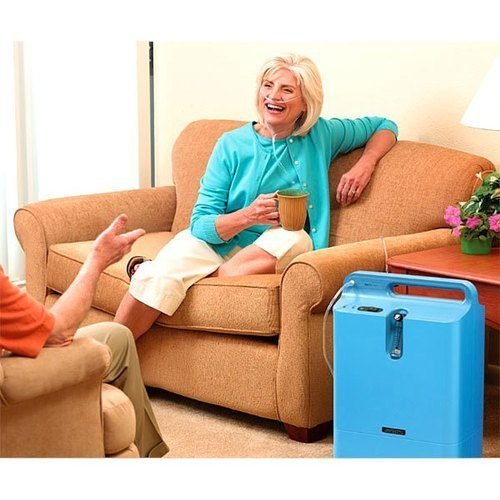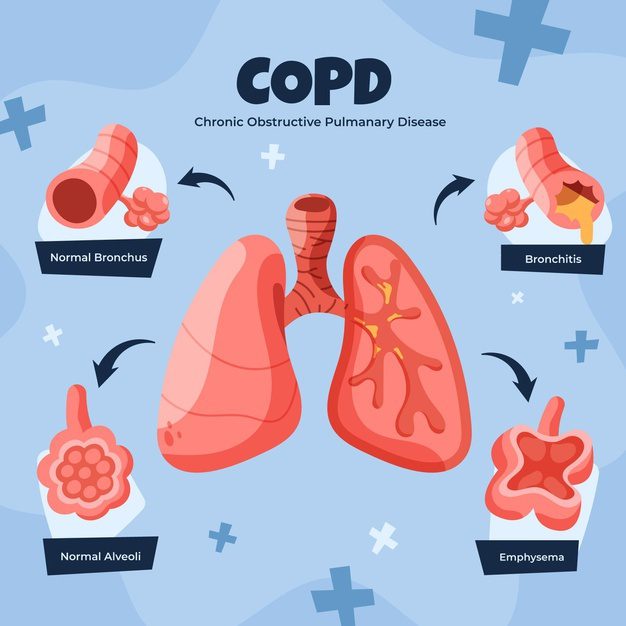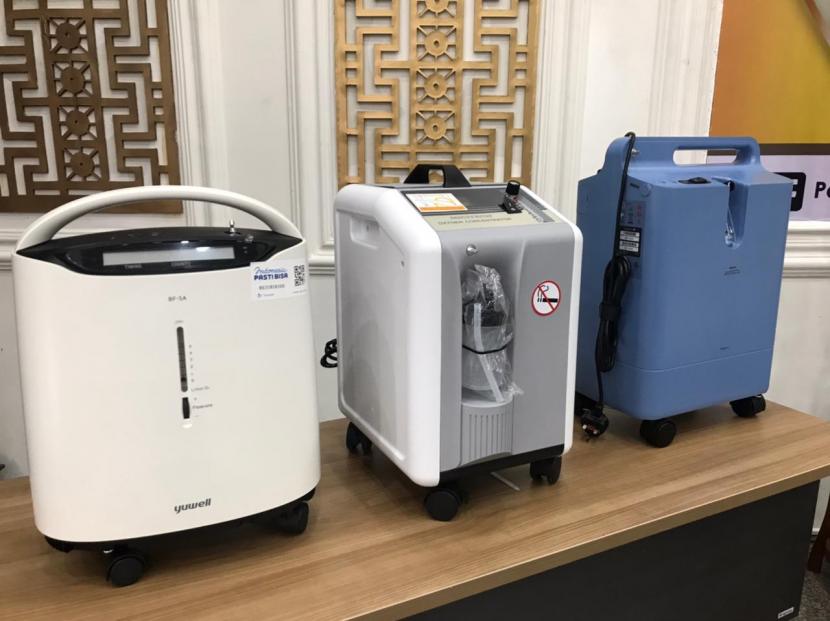An oxygen concentrator is a type of medical device used to deliver oxygen to a person with respiratory problems. A person whose blood level is lower than normal will often need this machine to replace that oxygen. In general, it is not recommended that you use an oxygen concentrator without a doctor’s prescription. A doctor should prescribe it after the patient has completed a thorough medical evaluation. Doctors will also usually show patients how to use these concentrators effectively while traveling and at home.
The Oxygen Concentrator filters the surrounding air, compresses it to the required density and then delivers purified medical grade oxygen into a pulse-dose delivery system or continuous-flow system to the patient. Equipped with special filters and filters that help remove Nitrogen from the air to ensure delivery of fully purified oxygen to the patient. The device is also equipped with an electronic user interface so that you can adjust the oxygen concentration level and oxygen rate setting and then the patient inhales oxygen through a nasal cannula or a special mask.
You normally measure the Oxygen Concentrator output in LPM (liters per minute). Your doctor will determine the level of oxygen you need, which can vary at rest, during sleep, and when you exercise.
What are the Uses and Reasons for Choosing an Oxygen Concentrator?

There are many reasons to choose an Oxygen Concentrator and doctors can recommend oxygen therapy to their patients for a variety of medical conditions. Normally, your lungs absorb air oxygen, transferring it to your bloodstream. If you recently had blood tests or pulse oximetry to assess your oxygen saturation level, and you find you have low blood oxygen levels, your doctor may recommend short- or long-term oxygen therapy.
You may be wondering what oxygen concentrators are used for? Acute conditions usually require short-term oxygen therapy. This condition usually lasts a short time. They may have sudden symptoms versus a chronic condition where things happen gradually. However, some respiratory or chronic conditions require long-term oxygen supplementation.
Acute Conditions Requiring Oxygen Concentrator
Some examples of acute conditions where you may need an Oxygen Concentrator for short-term oxygen therapy are:
1. Asthma / Shortness of Breath
This condition is where your airways become inflamed and start producing a lot of mucus, which makes it harder to breathe. While there are a number of medications that can treat and control asthma, oxygen concentrators can pump high levels of oxygen into a patient’s bloodstream while they are having or have had an asthma attack.
2. Pneumonia / Inflammation of the Lungs
Pneumonia is an infection in which you develop inflammation of one or both of the air sacs of your lungs and in most cases, fill them with fluid. Many pneumonia patients have been prescribed oxygen therapy and have seen good clinical outcomes.
3. Bronchopulmonary dysplasia (BPD)
Newborns with RDS also have a higher risk of developing BPD. This is a severe lung condition that requires long-term breathing assistance.
Chronic Diseases Requiring Oxygen Therapy
Some chronic conditions that require long-term use of Oxygen Concentrators are:
1. Chronic Obstructive Pulmonary Disease (COPD)

Chronic Obstructive Pulmonary Disease COPD affects about 16 million people, but oxygen concentrators can be an effective treatment. When you have COPD, you have chronic lung damage that makes it difficult for your lungs to absorb enough oxygen. As a result, you may have difficulty breathing, and oxygen therapy via a concentrator can help.
2. Cystic fibrosis
You inherit this life-threatening condition. It causes damage to the digestive system and lungs. This is a rare condition that affects the body’s cells that are responsible for producing mucus, sweat, and digestive juices. The fluid is altered which produces a sticky, thicker solution that clogs the ducts, tubes, and passages of the infected person.
3. Sleep Apnea
Sleep apnea is a sleep disorder that can be serious and cause an individual’s breathing to stop sporadically and start during their sleep. Usually, treatment for this condition is continuous positive airway pressure (CPAP), weight loss and physical exercise, although some people with sleep apnea may need oxygen therapy.
How Does an Oxygen Concentrator Work?
The oxygen concentrator uses an intelligent method to remove nitrogen from the air and produces up to 96 percent pure oxygen. For reference, room air contains 80 percent nitrogen and 20 percent oxygen. The oxygen concentrator will change the surrounding air using one or two filters to take air from outside and then process it from the machine which will make pure oxygen ready to be inhaled by the patient.
Think of an oxygen concentrator as a window air conditioner, so it needs air to enter, change it and give it a different form. Oxygen Concentrators take air and purify it for use by individuals who need medical oxygen due to low levels of oxygen in their blood.
1. Compressing air while the cooling mechanism prevents the concentrator from getting hot
2. Inhaling air from the surroundings
3. Using electronic interfaces to adjust delivery settings
4. Removing nitrogen from the air through filters and filters
5. Delivering pure oxygen through a mask or nasal cannula tube
Advantages of Oxygen Concentrator
- No need to refill oxygen
- Small size (portable) and easy to carry
- Safe because it doesn’t have a tank and doesn’t leak
- Easy to operate
- Lighter weight than oxygen cylinders
Disadvantage of Oxygen Concentrator
- Relatively more expensive
- The engine may be a little louder
- Cannot be used if the power goes out or the battery runs out
The oxygen concentrator machine is very suitable for home use, patients who need a continuous oxygen supply while sleeping or resting will need an oxygen concentrator according to the supplemental oxygen prescribed by the doctor. The oxygen concentrator can also be turned on for 24 hours, but you can rest the machine for about an hour. It is always recommended to have an oxygen cylinder ready as a daily backup in case the power goes out at any time. If the mains voltage is less stable, use an electric stabilizer. Keep the appliance away from cigarettes or flammable objects.

